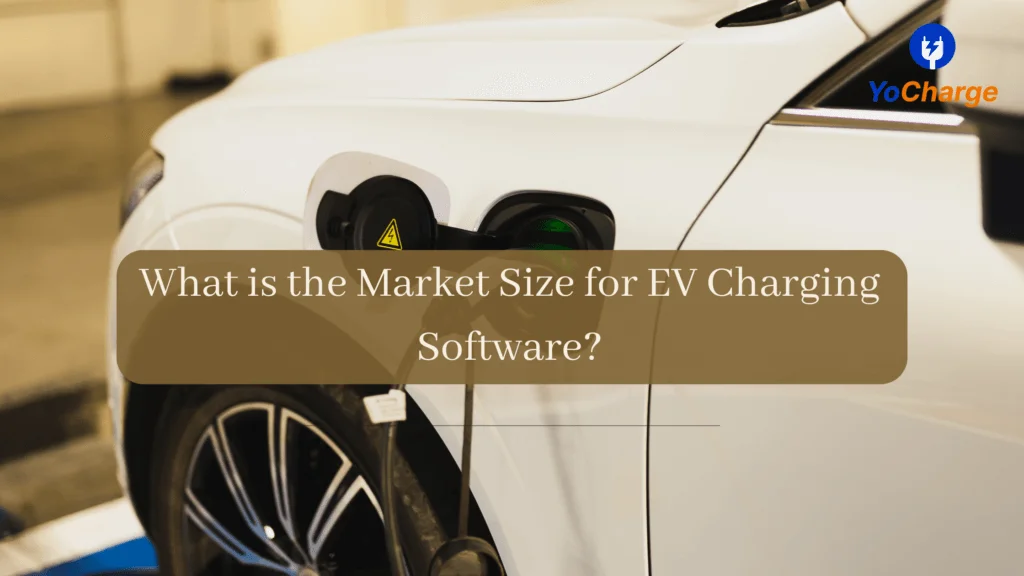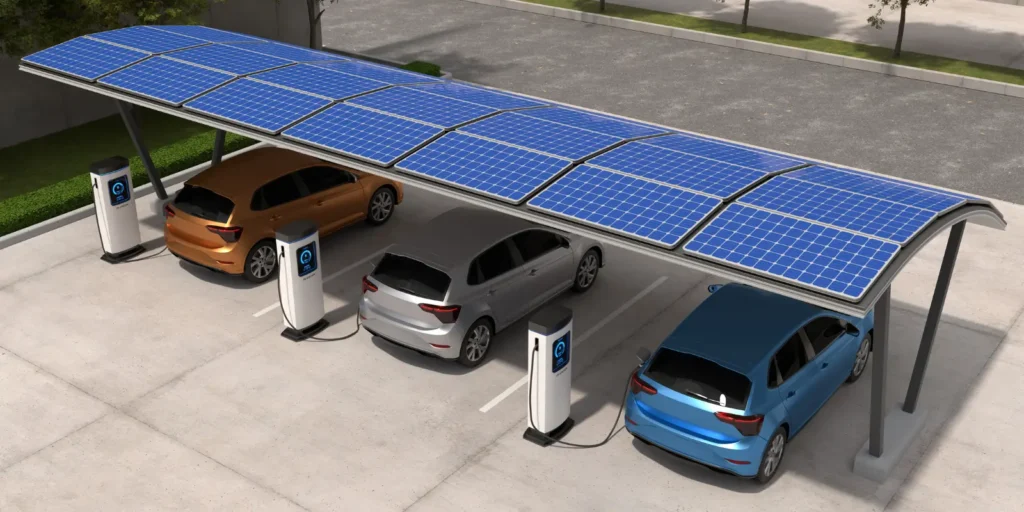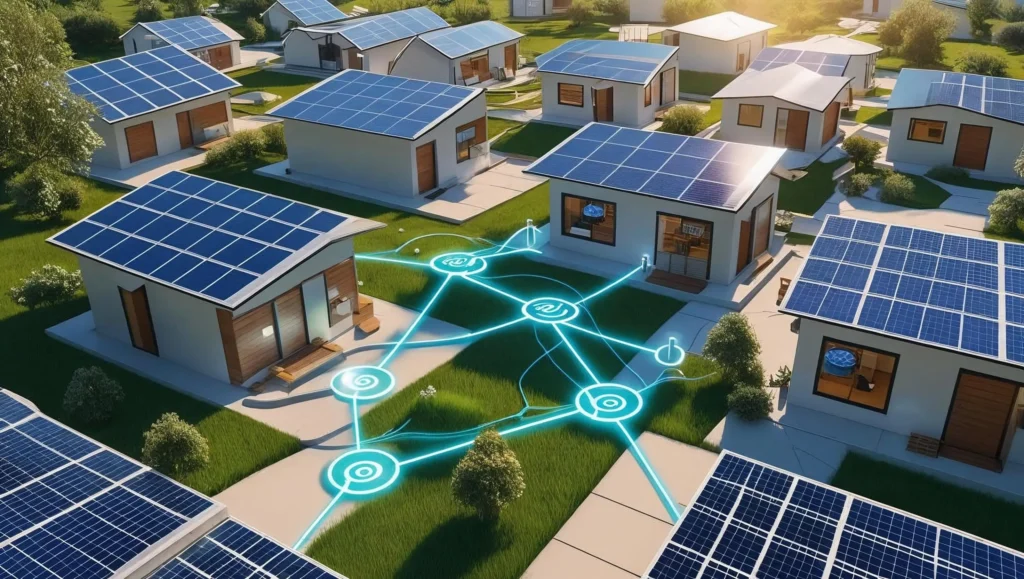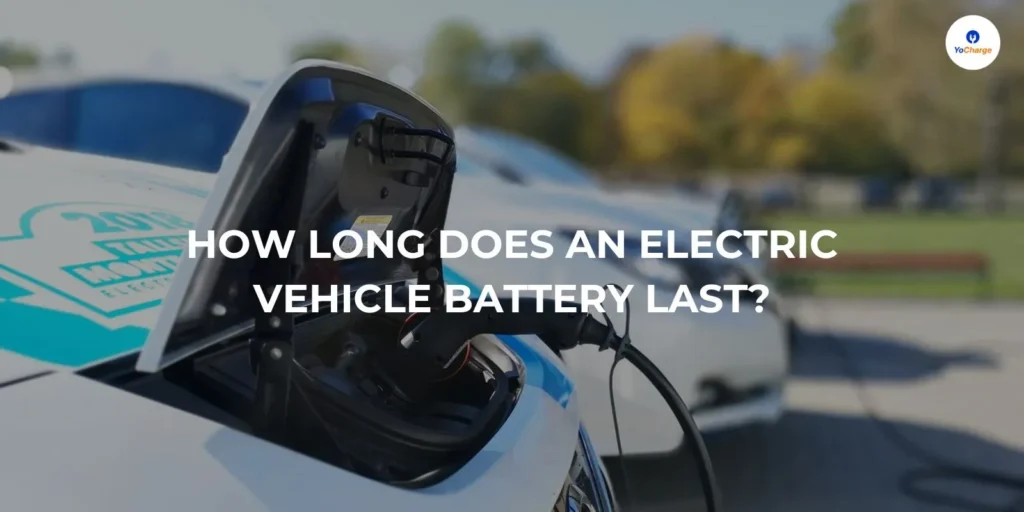
Working of AC EV Charger
The source of energy for an electric vehicle is electricity. In addition, an electric battery charges an electric motor. But the electric battery can only store DC current. Hence, to solve this problem AC EV charger uses an on-board charger to convert AC power to DC power before giving to the battery. Let us see the working of AC EV charging.
Working of AC charger
The source of energy for an electric vehicle is electricity. In addition, electric motor is powered by an electric battery. But electric battery can only store DC current. Hence, to solve this problem AC charger uses an on-board charger to convert AC power to DC power before giving to the battery. Let us see the working of AC EV charging.
Reference
Battery Management System(BMS)
Battery Management System evaluates and ensures the safe working of a rechargeable battery. The main functions of a BMS include safety monitoring, performance optimization, health monitoring and diagnosis and communication. BMS monitors the operating temperature continuously. If overheating is sensed by the BMS the output power is automatically decreased and the vehicle enters safe operation mode.
BMS controls the supply of the current to the battery to avoid overcharging. It also monitors the individual packs of the cell. The State of Charge is calculated by the BMS. It refers to the available energy of the battery and determines the mileage of the vehicle. BMS communicates with the on-board charger and efficiently controls the charging of the battery pack.

On-board charger
To discuss the working of AC EV charging, we need to know the function of on-board charger. The on-board charger controls the current and voltage parameters of battery charging. This factor determines the life-span of a battery. The on-board charger offers two types of charging, constant current and constant voltage charging.

Constant current charging has high charging speed and efficiency but it may lead to over-charging. The disadvantage of constant voltage charging is that it may lead to over-heating at the beginning. Hence, initially, the battery is charged at a constant current. After that, when the battery reaches a certain limit, constant current charging takes place. This is a key feature of an on-board charger.
An EMI filter should be placed at the input of the PFC boost converter to reduce EMI and harmonic distortion. The PFC stage (Power factor controller or Power factor correction) converts alternating (AC) current to direct current in the first phase. This portion of the charger determines whether it can use one, two, or all three alternating current phases.
The second phase receives the 700V output voltage. The LLC converter is the second phase. The input voltage is 700V, and the output voltage is the voltage required by the battery at any given charging time. The resulting DC signal is sliced into a switched square wave, which is then used to drive a transformer to generate the appropriate DC voltage.
Read Also



